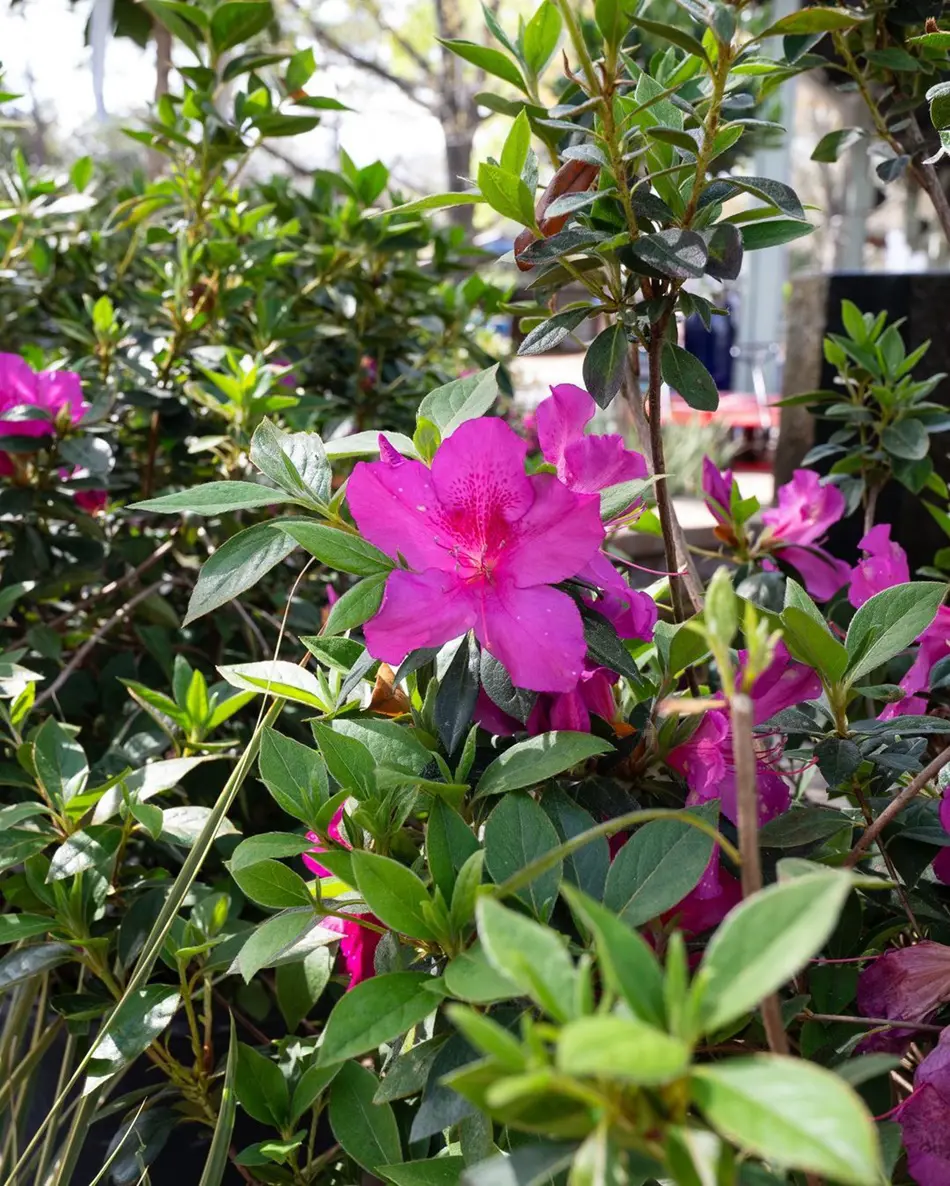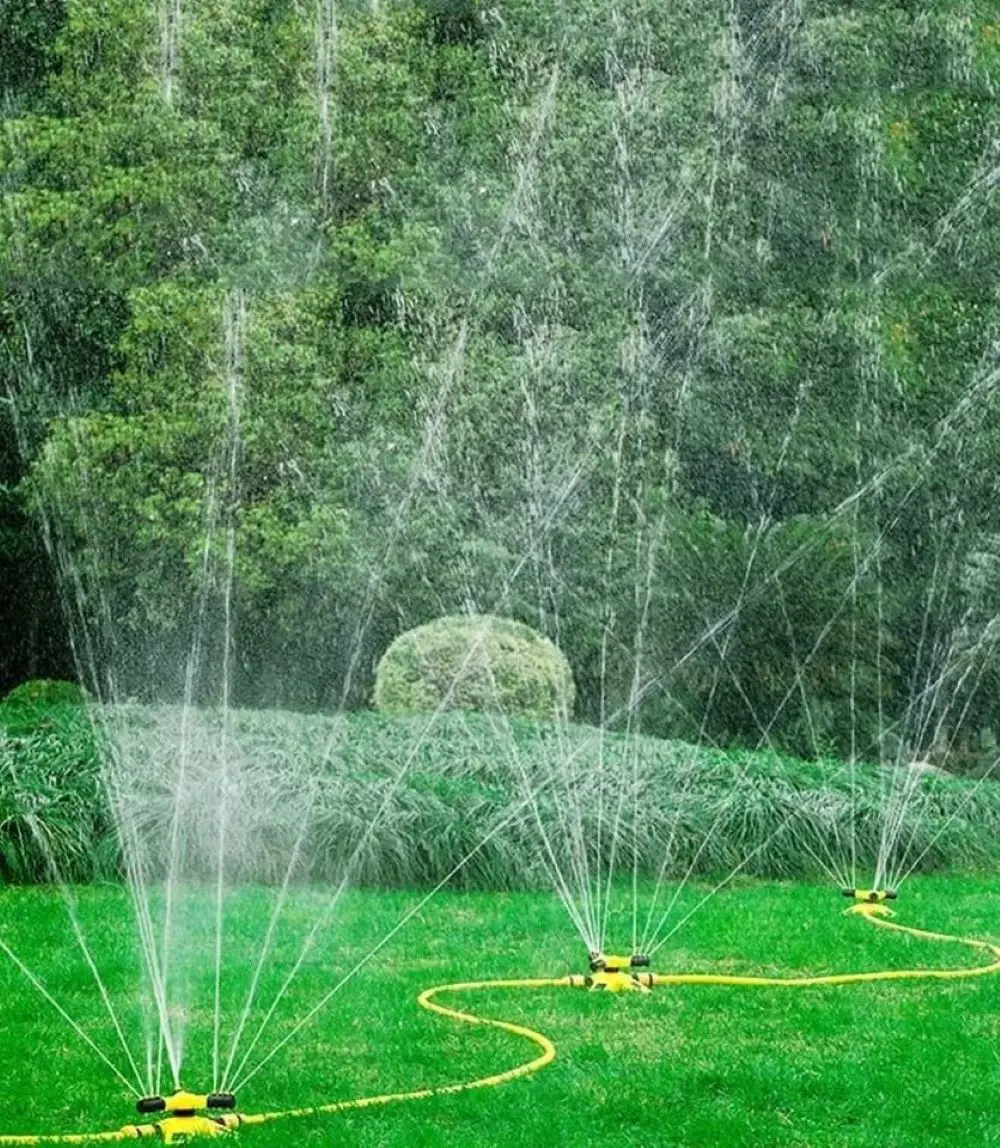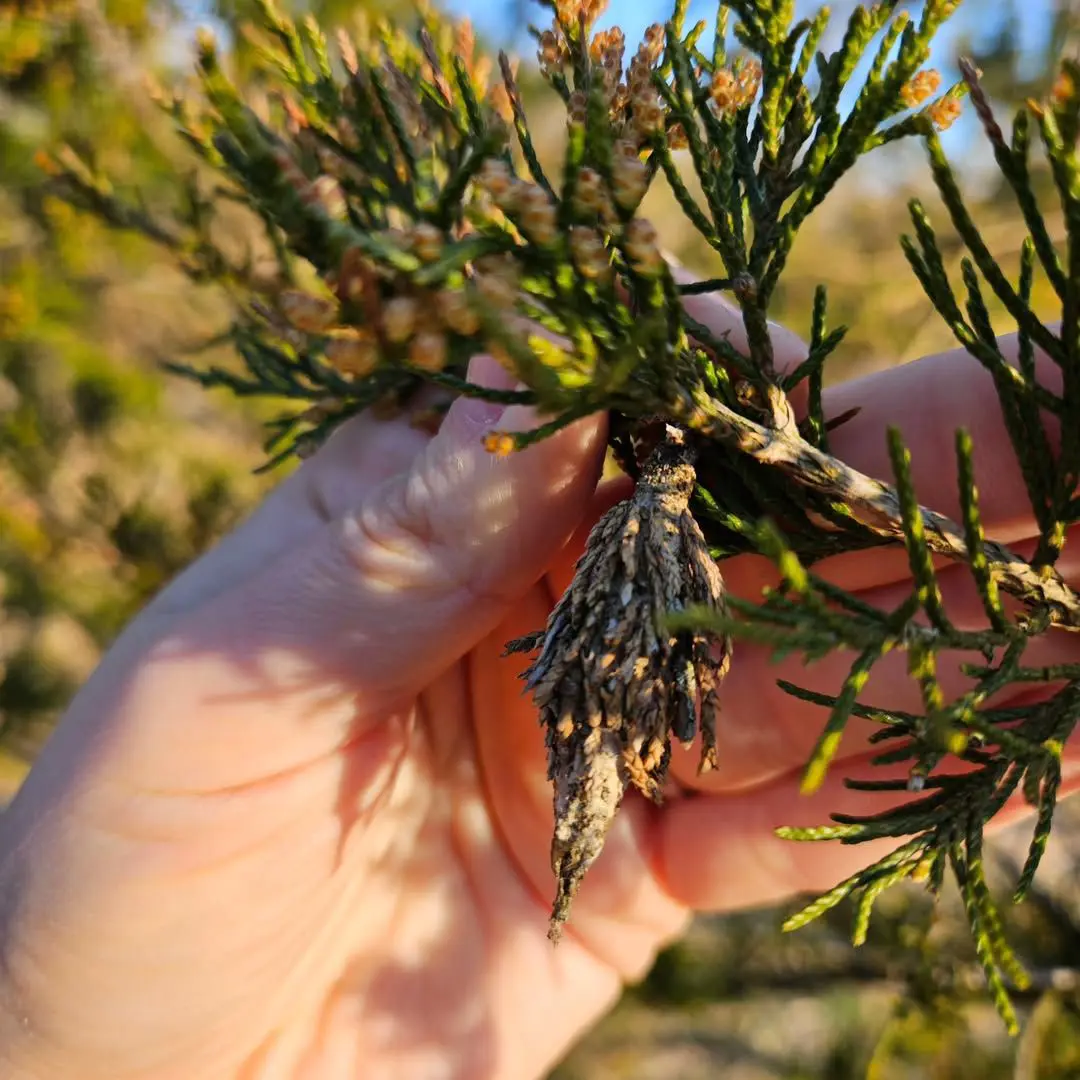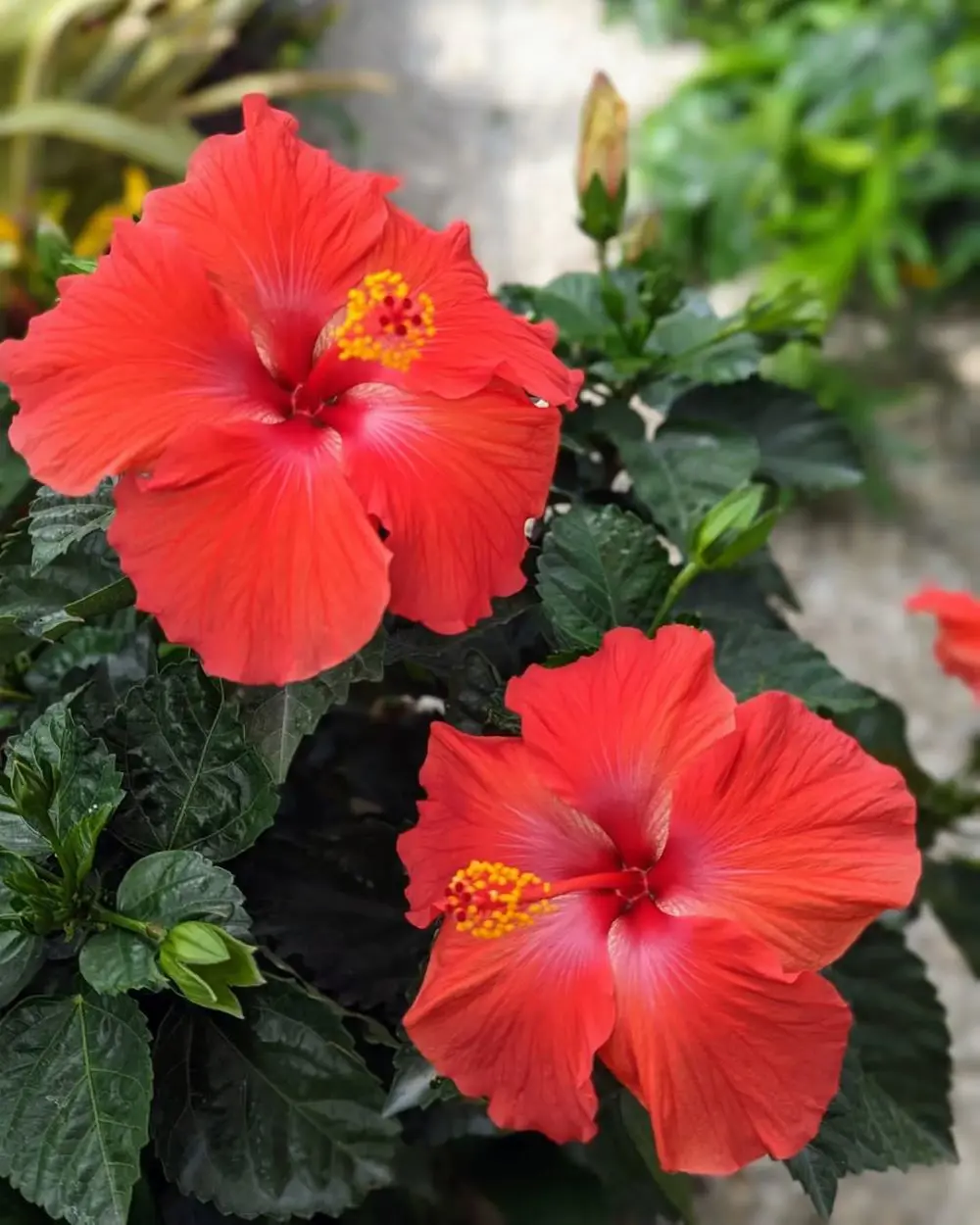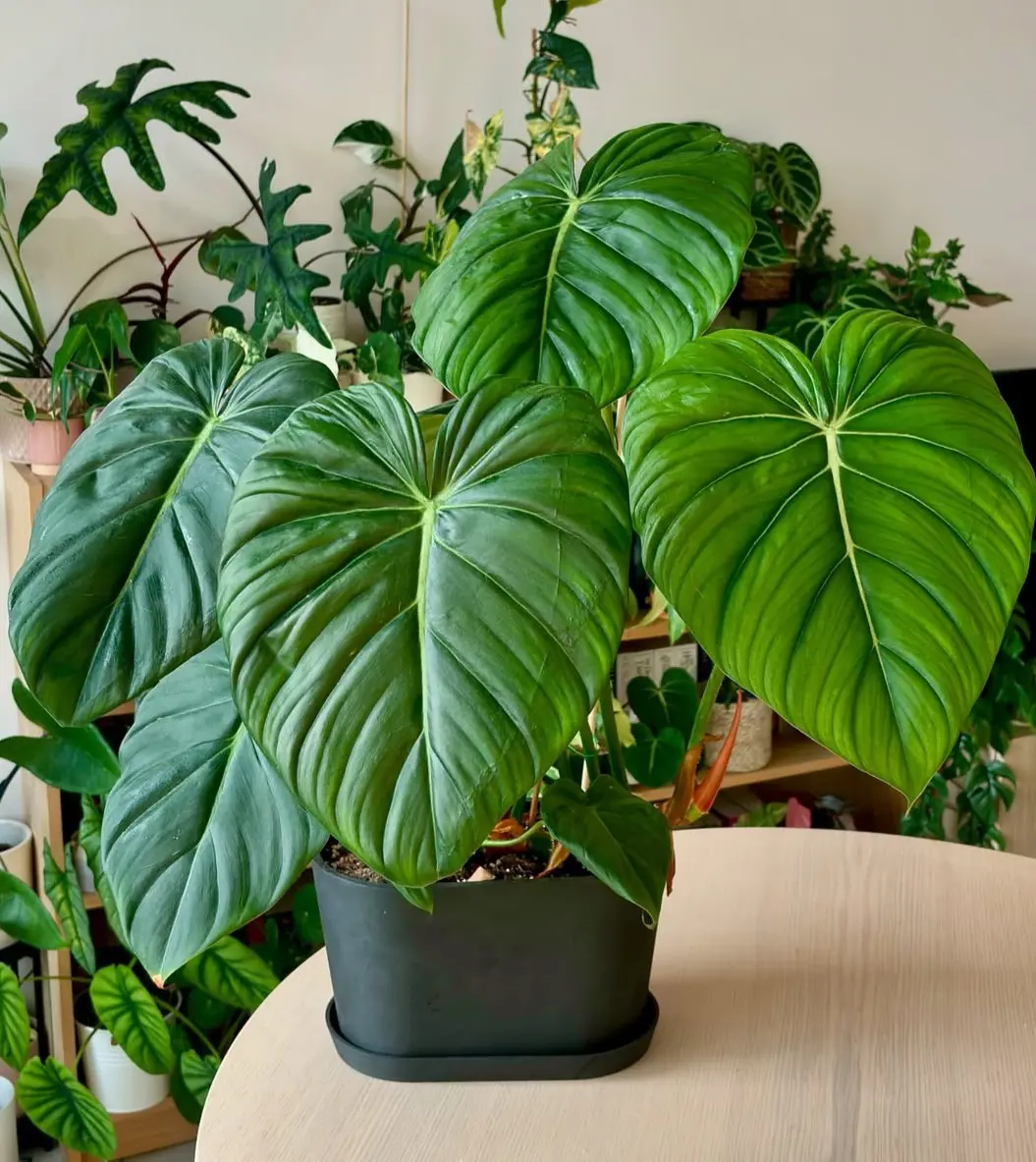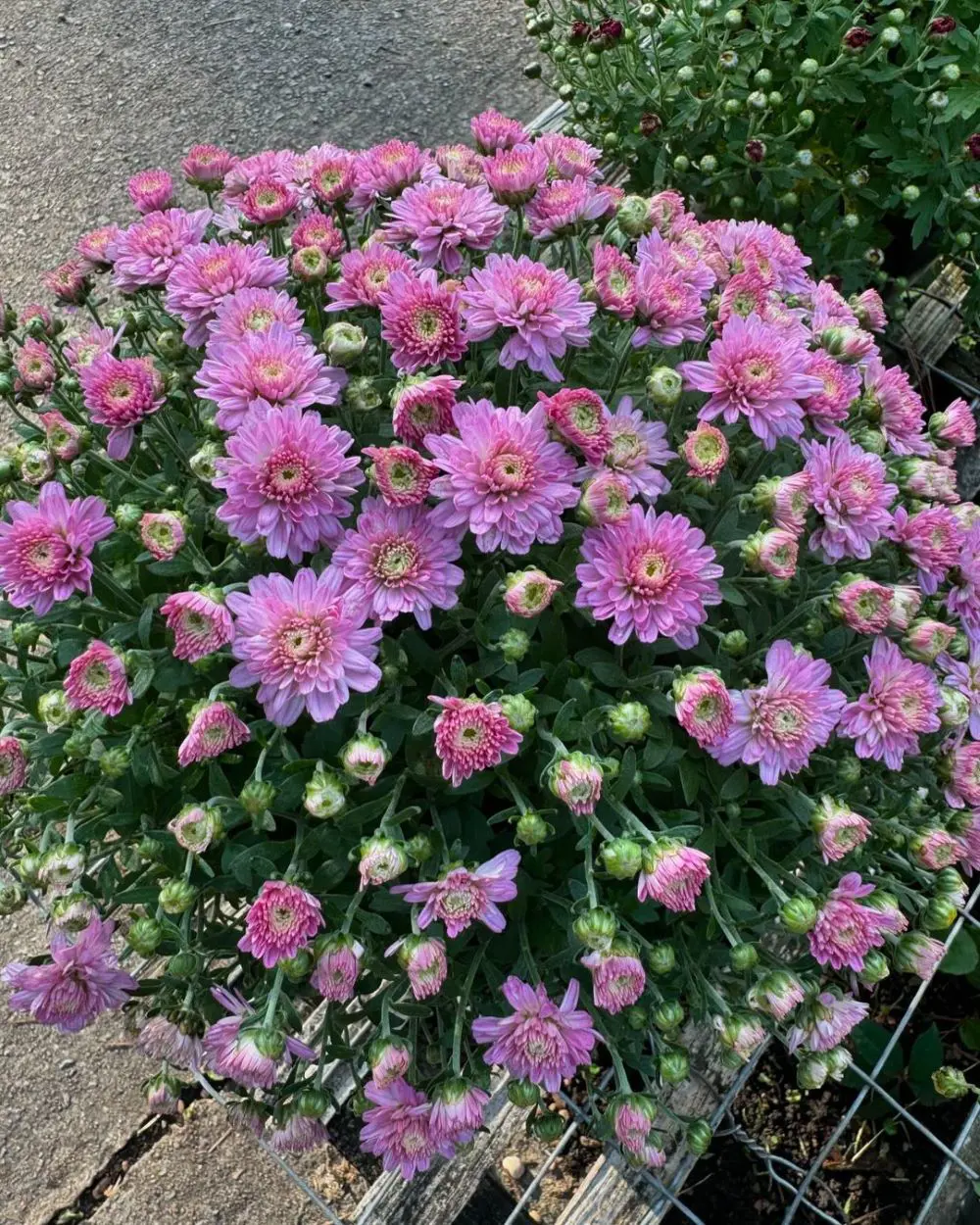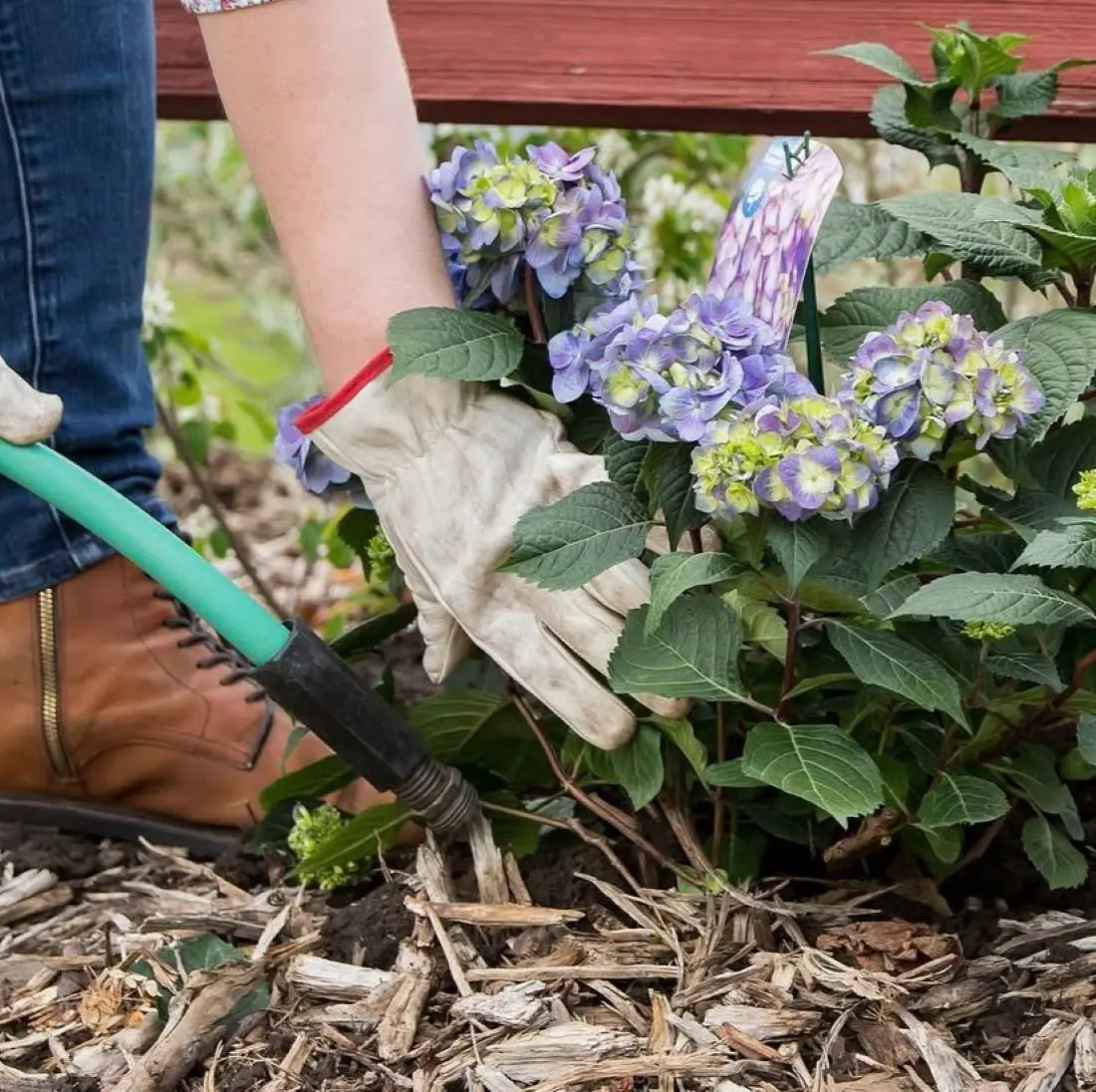Pruning azaleas is essential for promoting their optimal growth and enhancing their vibrant blooms. Understanding the best techniques and timing for pruning can make a significant difference in the health and appearance of these popular shrubs.
This article will guide you through the essential steps of pruning azaleas, detailing when and how to prune to ensure your plants flourish.
Whether you're a seasoned gardener or a novice, you'll find the tips you need to maintain beautiful, thriving azaleas.
Why To Prune Azaleas?
Pruning azaleas is vital for several reasons:
- Encourages Growth: Pruning stimulates new growth and helps the plant maintain its shape.
- Enhances Blooming: Removing old flowers and branches ensures better blooms the following season.
- Prevents Disease: Eliminating dead or diseased wood reduces the risk of fungal infections and other diseases.
- Improves Air Circulation: Thinning out dense areas promotes better air circulation, which is essential for plant health.
Pruning Azaleas
Pruning azaleas involves more than just cutting back branches; it's about understanding the plant's growth habits and making strategic cuts to promote healthy development.
Tools and Materials Required for Pruning Azaleas
-
Pruning Shears: Sharp, clean pruning shears are crucial for making precise cuts. Bypass pruners are preferred for their clean cuts, which help prevent damage to the plant.
-
Loppers: For thicker branches that pruning shears can't handle, loppers provide the extra leverage needed to make clean cuts without damaging the plant.
-
Pruning Saw: A small pruning saw can be useful for cutting larger branches that are too thick for loppers.
-
Sanitizing Solution: A solution of rubbing alcohol or a mixture of bleach and water (1 part bleach to 9 parts water) is necessary for sanitizing tools before and after pruning to prevent the spread of diseases.
-
Gloves: A sturdy pair of gardening gloves will protect your hands from thorns, rough branches, and possible irritants.
-
Protective Clothing: Long sleeves and pants can help protect your skin from scratches and irritants.
-
Trash Bags or Compost Bin: Have a trash bag or compost bin ready to collect the pruned branches and debris. This helps keep your work area tidy and makes disposal easier.
-
Disinfectant Wipes: These are handy for quick sanitization of tools between cuts, especially when dealing with diseased branches.
-
Ladder: If you have a large azalea shrub, a ladder may be necessary to reach higher branches safely.
Step-by-Step Guide to Pruning Azaleas
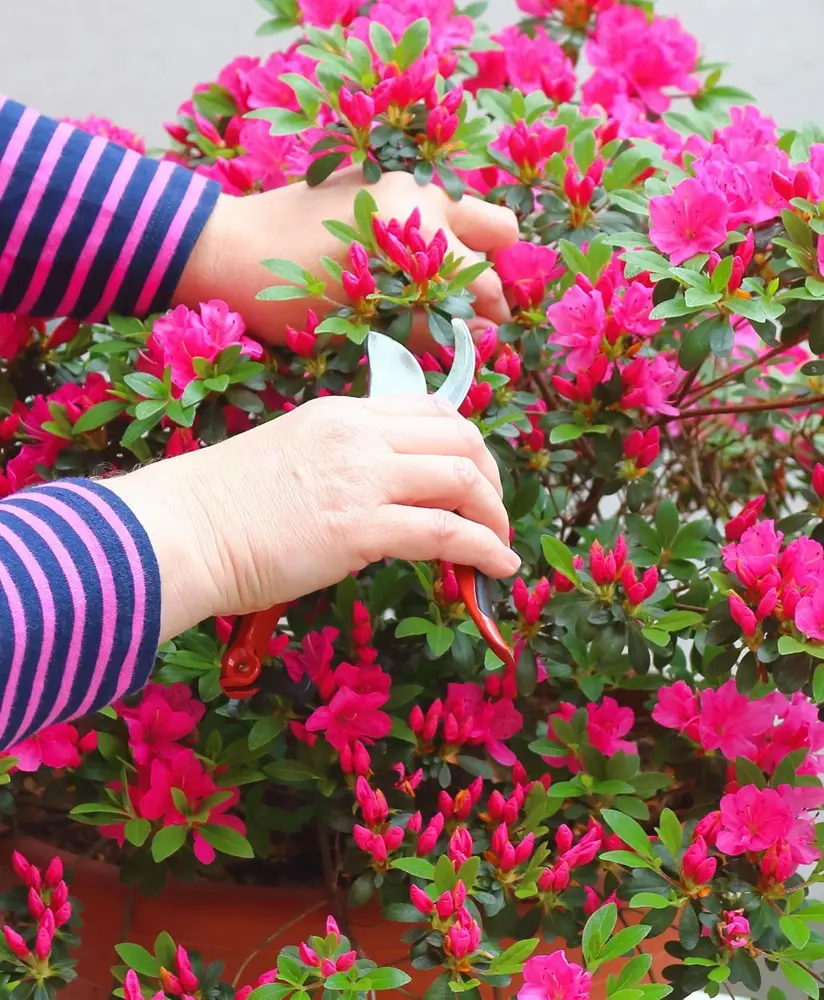
Step 1: Assess the Plant:
Before you begin pruning, take the time to thoroughly examine your azalea. Look for any branches that are dead, damaged, or diseased. These should be your first targets as removing them will help the plant redirect energy to healthier parts and prevent the spread of disease.
Step 2: Sanitize Your Tools:
Always use sharp, clean pruning shears to make precise cuts. Sanitizing your tools before use is crucial as it helps prevent the spread of disease between plants. You can sanitize your tools by wiping them down with rubbing alcohol or a bleach solution.
Step 3: Remove Dead or Diseased Wood:
Start by cutting back any dead or diseased branches to healthy wood. Make sure to make clean cuts close to the main stem but avoid cutting into it. Removing these problem areas will promote the overall health of the plant and reduce the risk of disease spreading.
Step 4: Thin Out Crowded Areas:
Azaleas benefit greatly from improved air circulation. Thin out crowded branches to allow light and air to reach the inner parts of the plant. This not only promotes healthier growth but also helps reduce the risk of fungal diseases. When thinning, aim to create an open, airy structure within the plant.
Step 5: Shape the Plant:
After removing dead or diseased wood and thinning out branches, it’s time to shape your azalea. Cut back overgrown branches to maintain the desired shape and size of the plant. Make cuts just above a leaf node or bud to encourage new growth. Shaping your azalea will help it maintain an attractive appearance and promote more prolific blooming.
Step 6: Remove Suckers:
Suckers are vigorous shoots that grow from the base of the plant or its roots. These can sap energy from the main plant, leading to reduced growth and fewer blooms. Remove suckers as soon as you spot them to ensure the main plant receives all the necessary nutrients.
When to Prune Azaleas?
Pruning azaleas at the right time is essential to promote healthy growth, abundant blooming, and overall plant vitality. The timing of pruning can depend on the type of azalea, the region you are in, and the specific goals of your pruning. Here’s a comprehensive guide to understanding when to prune azaleas, focusing on different times and seasons:
Best Time to Prune Azaleas
After Blooming (Late Spring to Early Summer)
The most recommended time to prune azaleas is immediately after they finish blooming, typically in late spring or early summer. This timing is crucial for several reasons:
- Preserving Flower Buds: Azaleas set their flower buds for the next year shortly after they finish blooming. Pruning immediately after blooming ensures that you do not remove the buds for next year’s flowers.
- Encouraging Growth: Pruning after blooming stimulates new growth, which has ample time to mature and set buds before the onset of winter.
- Shaping and Maintenance: This period is ideal for shaping the plant, removing dead or diseased wood, and thinning out crowded branches, thereby improving air circulation and light penetration.
Winter Pruning (Dormant Season)
While pruning in late spring or early summer is ideal, some gardeners opt for winter pruning, especially in regions with mild winters:
- Structural Pruning: Winter, when the plant is dormant, is a good time for more significant structural pruning. This involves removing larger branches to shape the plant or rejuvenate older, overgrown shrubs.
- Reduced Disease Risk: Pruning during dormancy can reduce the risk of diseases spreading, as many pathogens are less active in colder temperatures.
However, winter pruning has its drawbacks:
- Bud Loss: Pruning in winter can remove flower buds set during the previous growing season, resulting in fewer blooms in the spring.
Specific Goals and Timing
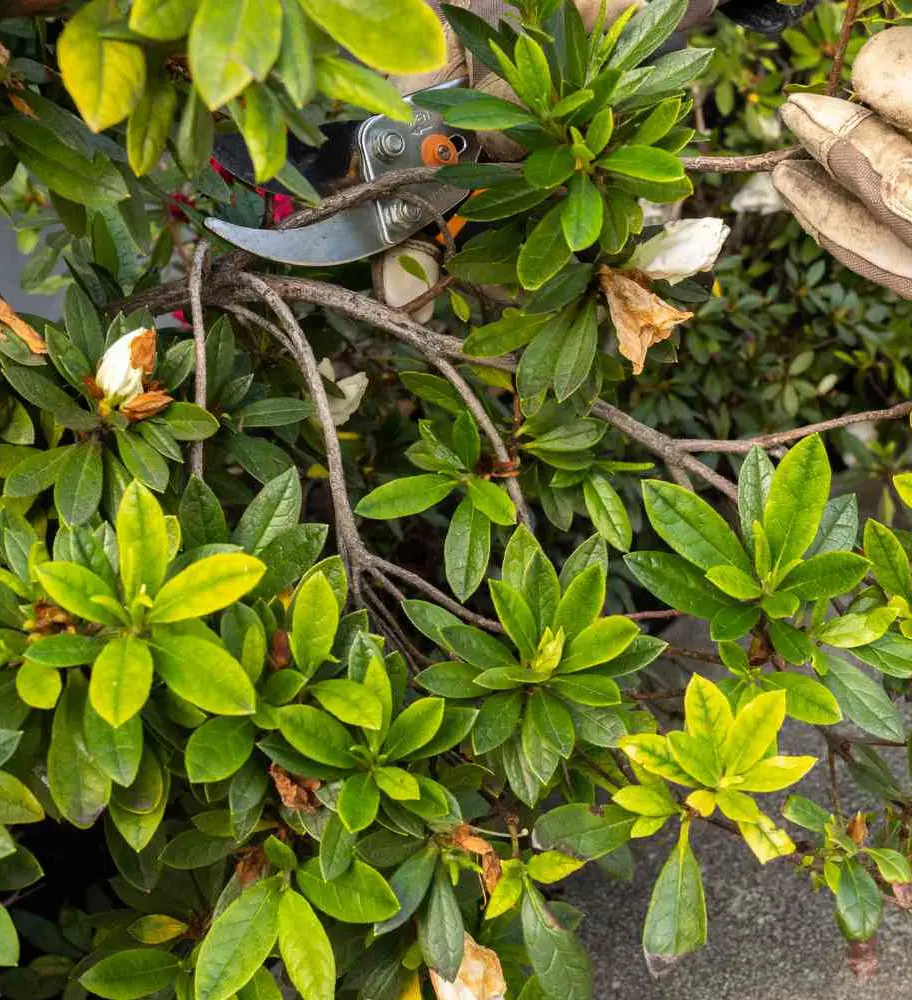
Routine Maintenance (Throughout the Growing Season)
For routine maintenance, light pruning can be done throughout the growing season:
- Removing Suckers: Suckers can be removed as they appear at any time during the growing season. These vigorous shoots grow from the base or roots and can drain energy from the main plant.
- Deadheading: Spent flowers can be removed to encourage more blooms and prevent the plant from directing energy into seed production.
Rejuvenation Pruning (Late Winter to Early Spring)
For older, overgrown azaleas that need significant rejuvenation, late winter to early spring is a suitable time:
- Hard Pruning: This involves cutting the plant back severely, sometimes to just a few inches above the ground. The plant will then regrow from the base, producing a more compact and vigorous shrub.
- Promoting New Growth: Pruning just before the growing season starts encourages strong new growth. However, expect fewer blooms in the immediate season following such drastic pruning.
Regional Considerations
The timing for pruning azaleas can also vary based on regional climate:
- Mild Climates: In areas with mild winters, azaleas can be pruned almost year-round, except during the peak blooming period.
- Harsh Winters: In regions with harsh winters, it’s best to avoid late-season pruning, which can stimulate new growth susceptible to frost damage. Instead, focus on pruning immediately after blooming or during the dormant winter season.
Post-Pruning Care for Azaleas
Watering
- Consistent Moisture: After pruning, ensure that your azaleas receive consistent moisture. While they do not like to be waterlogged, they thrive in moist, well-draining soil. Water deeply to encourage roots to grow deeper into the soil.
- Mulching: Apply a layer of mulch around the base of the plant. Mulch helps retain soil moisture, regulate soil temperature, and suppress weeds. Organic mulches like pine bark, pine needles, or compost are ideal for azaleas.
Fertilization
- Timing: Fertilize your azaleas after pruning to provide them with the nutrients needed for recovery and new growth. The best time to fertilize is in early spring and then again after pruning in late spring or early summer.
- Type of Fertilizer: Use a balanced, slow-release fertilizer formulated for acid-loving plants. Azaleas prefer slightly acidic soil (pH 4.5-6.0), so ensure the fertilizer is suitable for maintaining this pH level.
- Application: Follow the manufacturer's instructions for the correct amount of fertilizer. Apply it evenly around the drip line of the plant, avoiding direct contact with the stem to prevent root burn.
Pest and Disease Management
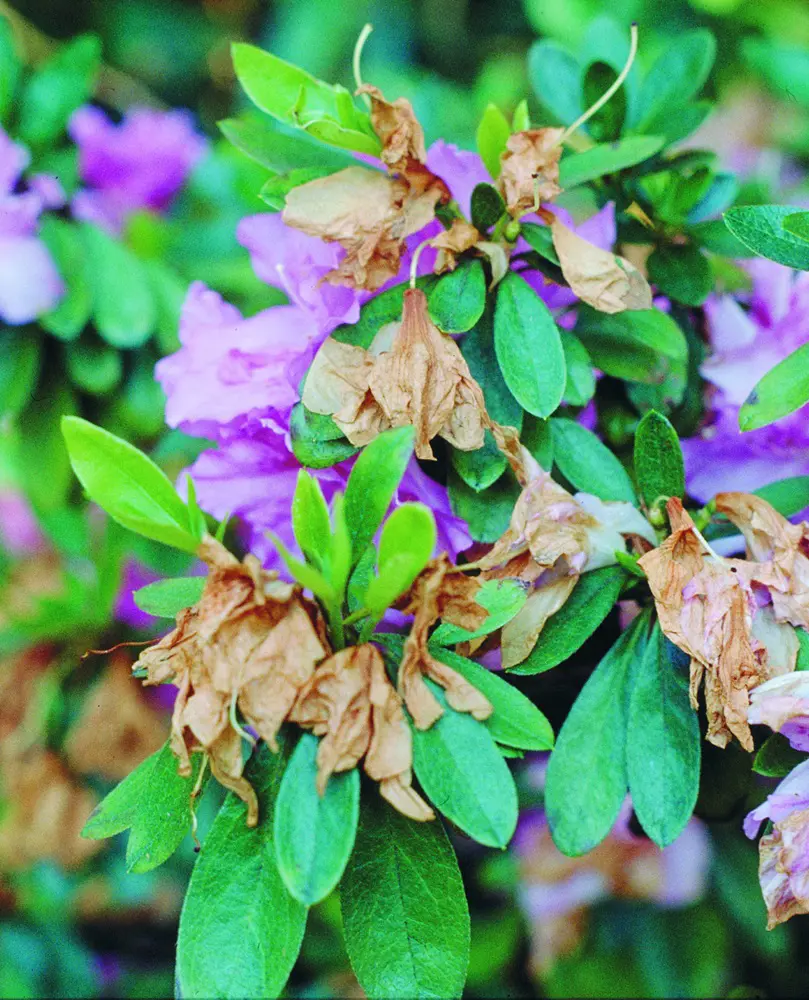
- Inspect Regularly: After pruning, regularly inspect your azaleas for signs of pests or diseases. Common pests include lace bugs, spider mites, and azalea caterpillars. Look for discolored leaves, stippling, or webbing.
- Treat Promptly: If you notice any pests or diseases, treat them promptly. Use insecticidal soap or horticultural oil for pests and appropriate fungicides for fungal infections. Ensure good air circulation around the plant to help prevent fungal diseases.
Sunlight and Protection
- Optimal Sunlight: Azaleas thrive in partial shade, with dappled sunlight being ideal. After pruning, make sure your plants are not exposed to excessive direct sunlight, especially during the hottest part of the day, as this can stress the plant.
- Protect from Extremes: Protect pruned azaleas from extreme weather conditions. If you’ve pruned in late summer or early fall, be cautious of early frosts. Use frost cloths or other protective coverings if necessary.
Monitoring Growth
- New Growth: Monitor the plant for new growth, which should start appearing a few weeks after pruning. This new growth indicates that the plant is recovering well and is on its way to producing a healthy display of blooms in the next season.
- Additional Pruning: Lightly prune any new, overly vigorous shoots that appear out of proportion with the rest of the plant. This helps maintain a balanced shape and encourages uniform growth.
General Care
- Weeding: Keep the area around your azaleas free from weeds, which can compete for nutrients and water.
- Ground Cover: Avoid planting aggressive ground covers near azaleas, as they can also compete for resources.
By following these post-pruning care guidelines, you can ensure your azaleas remain healthy, vibrant, and ready to produce a stunning display of flowers in the next blooming season. Regular monitoring and maintenance will help your azaleas thrive year after year.
